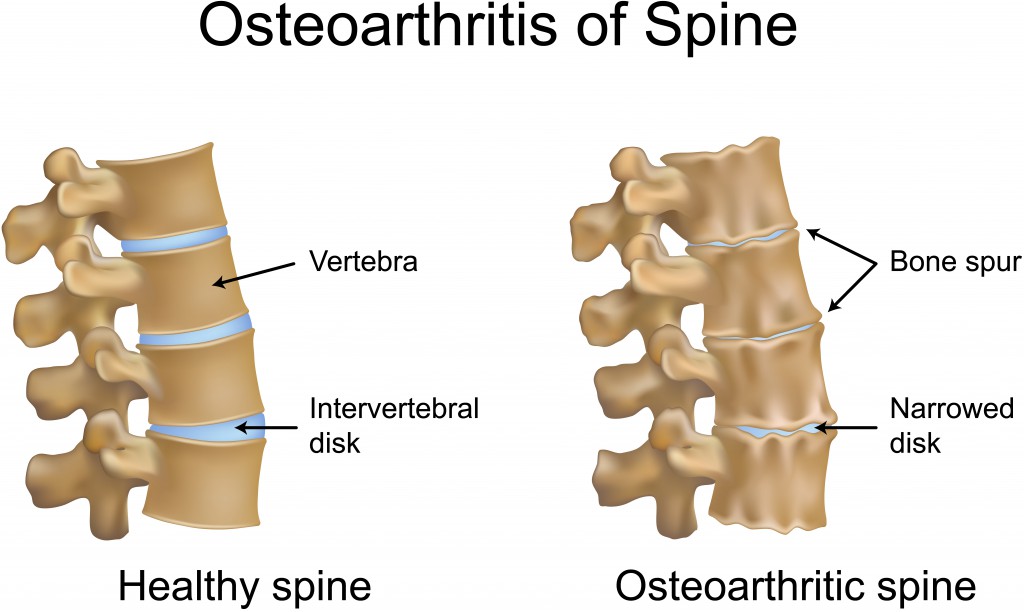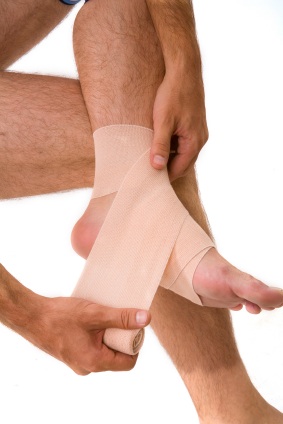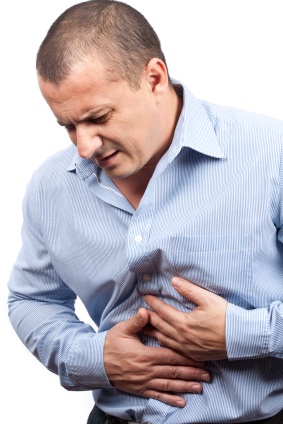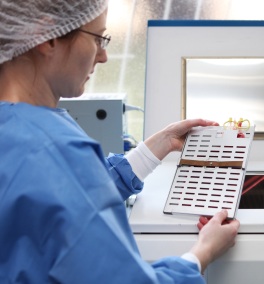Overview of Oral Candidiasis
Oral candidiasis is a fungus that causes infection of the oral cavity in humans. It is a type of yeast that lives almost everywhere, including in the human body. The immune system usually keeps it under control but under certain circumstances, the fungus can grow quickly and become a health threat. Due to the pain and discomfort associated with oral candidiasis, which causes difficulty in eating, it can lead to poor nutrition and a prolonged recovery. There are many species of the Candida strain.
The most common species is Candida albicans which is generally called “thrush.” The incidence of contacting oral candidiasis depends on many factors including age, health, and other predisposing factors. There are three broad groups: Acute and chronic candidiasis and angular cheilitis. There are many risk factors associated with oral candidiasis. These factors include smoking, diabetes mellitus, wearing dentures, immunosuppressed conditions and other factors. It can become fatal if it is not treated and it spreads throughout the body. Management of thw infection includes proper diagnosis, laboratory tests, and use of antifungal drugs. In most cases, the prognosis for recovery is very good.
Defining Oral Candidiasis
Oral candidiasis is a fungus and was first isolated in the sputum of a tuberculous patient in 1844. It is the most common fungal infection of humans and is caused by the overgrowth of a yeast-like fungus in the oral cavity. The most important species of this fungus are: C albicans, the most common one, C tropicalis, C glabrata, C stellatoidea, C guillierimondii, C krusei, C parapsilosis, C lusitaniae, and C pseudotropicalis. Thrush is a common name for Candida albicans. Although it primarily occurs most often in babies, it also affects toddlers, elderly people, chronically ill people and people with weakened immune systems.
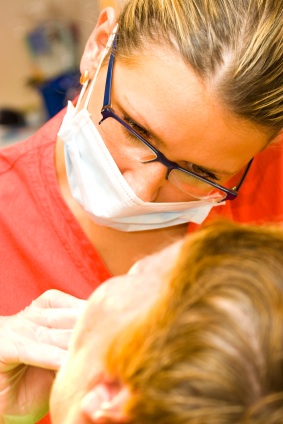
Etiology
Candida fungal infections arise as a result of a change in the defenses of the host or a disruption in the structure of the normal flora in the body.
Classifications
There are various types of oropharyngeal candidiasis which are divided into three broad categories:
Acute Candidiasis
Pseudomembranous candidiasis, commonly called thrush, is diagnosed by raised, white patches that are present on the buccal mucosa, hard and soft palate, surface of the labial, tongue, periodontal tissues and oropharynx.
Chronic Candidiasis
Types of chronic candidiasis and their symptoms are as follows:
- Chronic hyperplastic candidiasis is found on the buccal mucosa or the side of the tongue as white lesions.
- Median rhomboid glossitis is found on the front of the circumvallate papilla.
- Chronic atrophic candidiasis, commonly referred to as denture stomatitis, is found on the tissues covered by dentures and usually occur on the palate and upper jaw.
Angular Cheilitis
Angular cheilitis is usually associated with an intraoral candidal infection and causes fissuring at one or both corners of the mouth.
Alternative Names for Oral Candidiasis
Candidiasis, thrush, moniliasis, fungal infection, yeast infection
Symptoms
Some symptoms, not listed below, may be connected to yeast and includes a craving for sugar, alcohol, or bread, digestive problems, fatigue, depression, and muscle or joint pains. The common symptoms of oral candidiasis are:
- Creamy raised, white lesions on the tongue, gums, sides of the cheeks and in the back of the throat.
- Red inflamed tissue, especially on the tongue.
- Cottage cheese-like appearing lesions.
- Pain when attempting to eat or swallow.
- If the lesions are scraped, slight bleeding usually occurs.
- Cracks at one or both corners of the mouth.
- Loss of taste.
Breastfeeding Mothers and Infant Warning Signs
A breastfeeding mother should call the pediatrician if she notices white patches in her baby’s mouth, especially if she suspects that it might be due to thrush. The infant may be overly fussy and irritable. The mother’s breast may become infected and the pain can range from mild to severe with sensitive, red and itchy nipples.
Flaky or shiny skin on the areola, unusual pain, or stabbing pain within the breast can make it difficult to breastfeed. The thrush may pass back and forth between the baby and the mother. Using good hygiene and over-the-counter anti-fungal creams should clear up the problem.
What Causes Oral Candidiasis?
Contacting oral candidiasis can be a result of the failure of a host’s defense system due to a variety of different drug therapies, systemic diseases, or other conditions. At one time, thrush was rare until the advent of broad-spectrum antibiotics, birth control pills, glucocorticosteroid preparations, and tricyclic antidepressants were developed.
Oral candidiasis may persist and can become chronic. It can spread to the esophagus and then on to other parts of the body. People with conditions that weaken the immune system are more susceptible to it spreading to the liver, lungs, and digestive tract.
Risk Factors
The fungus can flare up and rapidly grow due to the following:
- Birth control medications, pregnancy, newborn babies, breast feeding a baby with thrush
- Oral and inhaled steroid medications, broad spectrum antibiotics, immunosuppressive drugs, chemotherapy
- Uncontrolled diabetes, cancer, HIV/AIDS, Cushing’s syndrome, leukemia, most chronic and terminal illnesses
- Impaired salivary glands, nutritional deficiencies
- Smokers, denture wearers, poor oral hygiene
- The very young or the elderly
When to See a Doctor
If signs and symptoms of thrush are present, see your doctor. The cause may be due to some underlying illness. Oral candidiasis can occur when the immune system is weak or certain drugs are ingested and disrupt the balance of microorganisms in the body, which are usually kept in balance by the immune system. Sometimes the immune system fails.
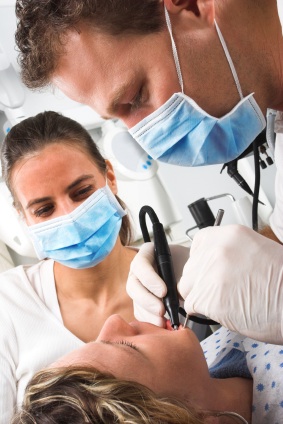
Oral candidiasis is usually not a serious problem for healthy children and adults. If you have a serious illness such as HIV/AIDS, the problem can become serious and spread throughout the body. The most common organs affected are the lungs, liver and digestive tract.
Questions to Ask a Doctor
Be prepared and write down any symptoms that you are experiencing. Write down relevant personal information, including recent life changes or major stresses. Make a list of all your medications, including vitamins or supplements. Be sure to mention if you have been taking any antibiotics or any corticosteroid drugs. Make the most of your appointment. Do not be afraid to ask the doctor to explain something that you do not understand.
Ask questions similar to the following:
- What causes oral candidiasis
- Do I need to have any tests done?
- What are the treatments for thrush?
- What are the side effects of these treatments?
- Do I need to follow a special diet?
- Can I purchase these drugs in the generic form?
- How can I keep this from happening again?
Questions You Might Be Asked
The doctor may ask you questions similar to the following:
- When did you notice the first symptoms?
- Have you recently taken any antibiotics for an illness?
- Do you asthma? Have you been taking prednisone?
- Do you have a chronic illness?
- Have you contacted any new illness recently?
Tests and Diagnosis
By examining the mouth, a doctor or dentist can diagnose thrush by the presence of distinctive white lesions in the mouth, or cheeks, or on the tongue. A light brushing of the lesions reveals a tender, reddened area that might bleed slightly.
If a diagnosis is uncertain, tests should be done to rule out other serious lesions such as squamous cell carcinoma. Examination of the tissue under a microscope can confirm the diagnosis.
If oral candidiasis extends into your esophagus, other tests may be needed to confirm the diagnosis; tests such as a throat culture, an endoscopy of the esophagus, stomach, and small intestine or taking X-rays of the esophagus.
Treatment and Management
Oral candidiasis, in the early stages, can be treated by eating plain yogurt and holding it in the mouth for about a minute. It must have ‘active culture’ listed on the label. Putting it into a blender and adding fruit and honey will make it more palatable. This helps fight the fungal infection by putting good bacteria into the system so that it does not spread to other parts of the body. Aside from eating yogurt, taking over-the-counter acidophilus capsules might help.
Rinsing the mouth with a 3% solution of hydrogen peroxide several times a day might help. Getting blood sugar levels under control might be all that is necessary for a diabetic to clear up the thrush infection. Patients who have HIV/AIDS or are immunocompromised due to chemotherapy may require systemic treatment with oral or intravenously administered antifungals.
If the infection has spread throughout the body, systemic antifungals such as fluconazole and Itraconazole should be given. Itraconazole is used when fluconazole is not effective because it has a wider spectrum of activity against oral candidiasis. In some circumstances, prophylaxis treatment with antifungal drugs reduces and controls the incidence of oral candidiasis.
Commonly Used Drugs
Nystatin
It is virtually non-toxic with few adverse reactions and is commonly used at the onset of oral candidiasis. It is prescribed in both topical and oral form. To kill oral candidiasis, this medicine must come into contact with the fungus in order to kill it. Nystatin comes in a suspension, or liquid, and in a troche. The suspension is swished around inside the oral cavity and then swallowed. The troche dissolves in the mouth. The troches and the suspension are used several times a day until the lesions are completely gone.
Amphotericin B Suspension
It is a broad spectrum drug with several side effects and exhibits signs of toxicity. Blood tests should be administered to monitor the potential for liver damage. Creams for the corners of the mouth show no signs of systemic toxicity. The suspension is swished and swallowed several times a day until the oral candidiasis is completely gone.
Clotrimazole Troche
The troche is dissolved in the mouth several times a day until the lesions are completely gone.
Fluconazole pill
This medication is swallowed by mouth once a day for 5–10 days.
Possible Complications
If you are HIV-positive or receiving chemotherapy, due to the suppression of your immune system, Candida can spread throughout your body causing infection in your esophagus, brain, heart, joints, or eyes.
Outlook/Prognosis
Thrush is commonly seen in infants. It is not considered serious in infants and usually lasts no longer than a couple of weeks. Thrush may be painful but is rarely serious. Because of the discomfort associated with thrush, it can interfere with eating. If it does not resolve on its own within two weeks, the doctor should be called.
Thrush that occurs in the mouth of adults can usually be cured. The immune system status plays a major role in overcoming the infection of oral candidiasis. The prognosis for a complete recovery is usually very good.
Prevention
The doctor may recommend taking an antifungal medication on a regular basis for frequent outbreaks of oral candidiasis or if your immune system is suppressed.
Following the suggestions below may help to reduce the risk of developing candida infections:
- Practice good oral hygiene. Clean and change toothbrushes frequently.
- After using a corticosteroid inhaler, brush your teeth if possible.
- When taking antibiotics, try eating fresh culture yogurt or take acidophilus capsules.
- During pregnancy, treat a vaginal yeast infection as soon as possible.
- If you have wear dentures or have diabetes, visit your dentist on a regular basis. Floss and brush your teeth at least twice a day.
- Clean dentures every night by soaking them in a good denture cleaner.
- To prevent spread of HIV infection, follow safe sex practices.
- Limit the sugar and yeast containing foods in your diet.
- When working with blood products, universal precautions should be in place.
During treatment for oral candidiasis, a prescribed therapeutic diet is necessary to prevent a regrowth of oral candidiasis. Alcohol, white flour, sugar, processed or refined carbohydrates, fruit, milk, dried or fermented foods, or any food that contains yeast products should be avoided.


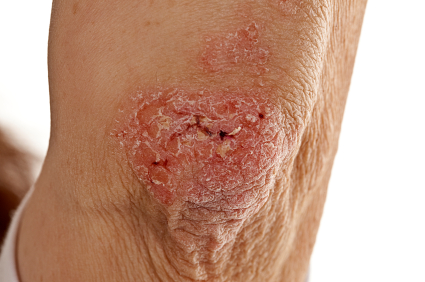
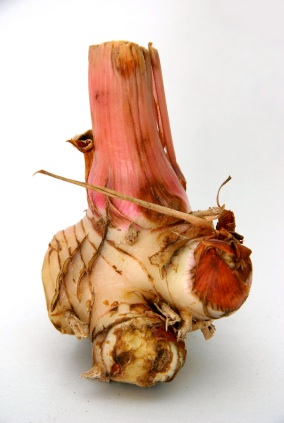
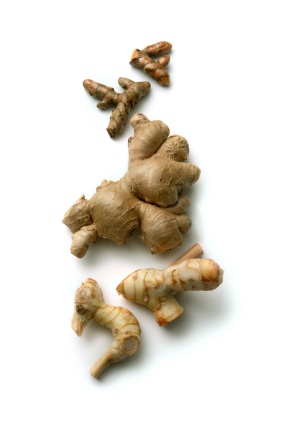
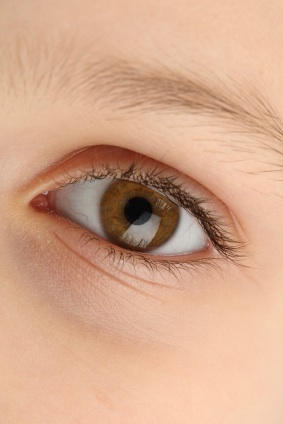

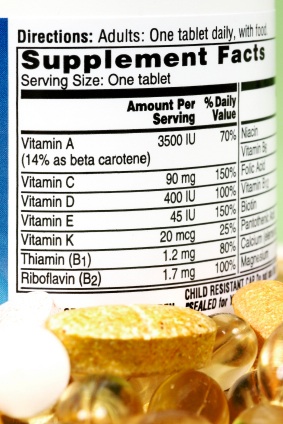



 This discharge may be like any of the following:
This discharge may be like any of the following: